
Alla reception dell'ostello ci propongono insistentemente i biglietti per il trasporto al Parco Nazionale Terra del Fuoco. Kati, intraprendente ragazza tedesca, ci prende da parte per proponci lo stesso servizio ad un prezzo inferiore, basta che ci aggregriamo al suo gruppetto di adepti. Neanche il tempo di assentire e ci scorta al pulmino pronto per la partenza.

At the hostel's reception they insistently propose us the bus tickets to Tierra del Fuego National Park. Kati, enterprising German girl, takes us aside to propose us the same service at a lower price, as long as we join her group of adepts. Not even the time to say yes and she escorts us to the bus that is ready for leave.
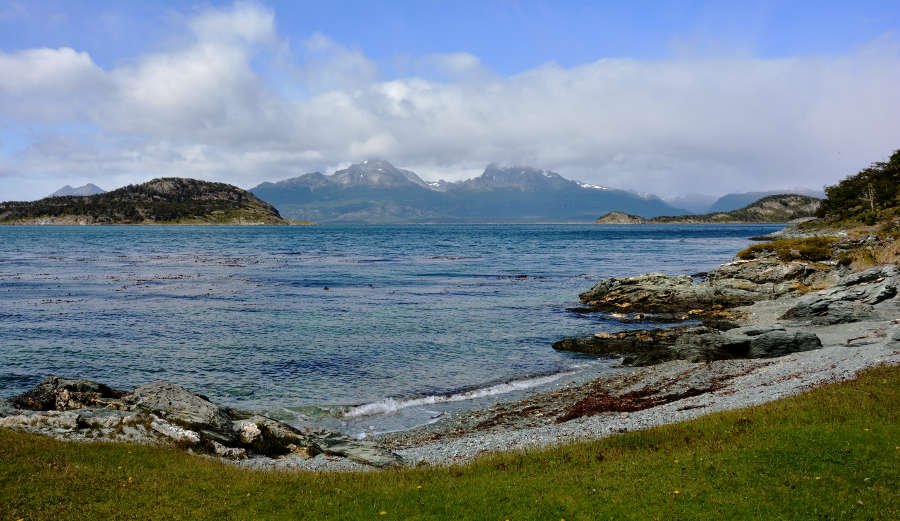

Il parco è enorme, circa 70.000 ettari di zona protetta nel sud ovest dell’Argentina, proprio al confine col Cile. Qui 10.000 anni fa vivevano gli Yàmana, indigeni autoctoni, che sopravvissero fino all ‘800, per essere poi decimati da epidemie e dai cambiamenti nell'ecositema introdotti dai coloni europei. Il termine “Terra del Fuoco” fu coniato dall’esploratore Ferdinando Magellano, quando nel 1520 in navigazione vicino alla costa notò molti falò accesi, di certo installazioni degli insediamenti indigeni.

The park is huge, about 70,000 hectares of protected area in Argentina's southwest, right on the border with Chile. Here 10,000 years ago lived the Yàmana, natives indigenous, who survived until ' 800, and then wiped out by epidemics and by the changes in the ecosystem introduced by European settlers. The saying "Tierra del Fuego" was made up by explorer Ferdinand Magellan, when in 1520 while sailing near the coast, he noticed many fires lit, certainly installations of the indigenous settlements.
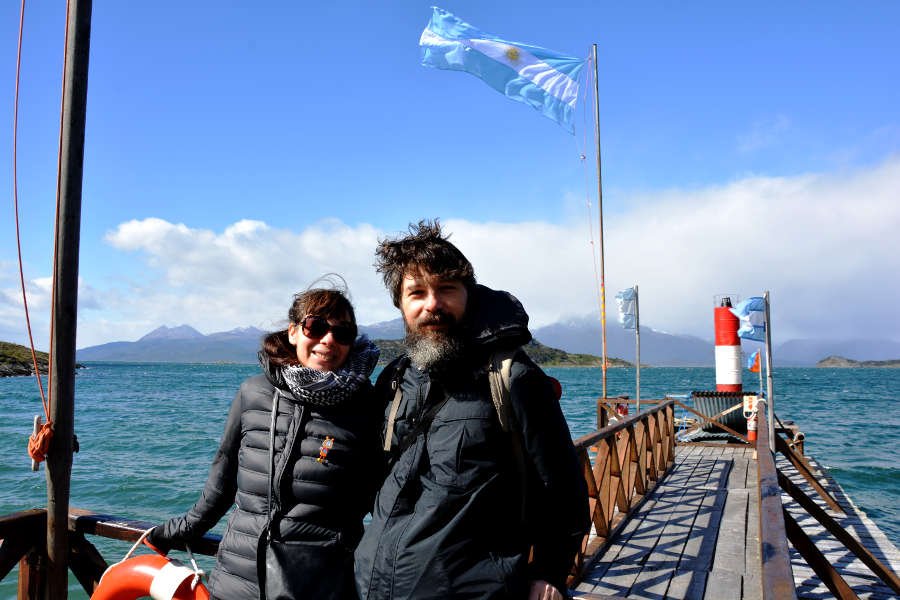

La giornata è di puro trekking, una passeggiata di 5 ore, quanto basta per rodare i muscoli rattrappiti. Comunque lo sforzo viene lautamente ricompensato dai paesaggi mozzafiato. Prendiamo la senda costera (sentiero costiero) che affianca il canale di Beagle per inoltrarsi in un fitto bosco.

The day is a pure trekking job, a 5 hours walk, just enough to warm up the contracted muscles. However the effort is greatly rewarded by breathtaking landscapes. We chose the coast trail that flanks the Beagle's channel getting into a dense forest.
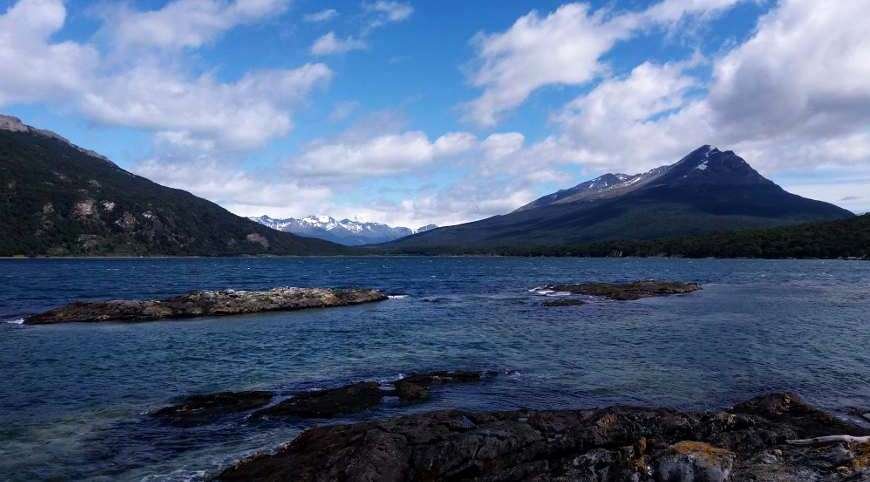

E’ un tripudio di colori, scorci incredibili, piccole calette, alberi intrecciati. Il verde e l'azzurro si mescolano e confondono, scenari che ci lasciano a bocca aperta per tanta bellezza e naturalmente vento a volontà. Ma ciò da più valore alla spedizione, senza un qualche ostacolo non si gusta la vittoria! Le raffiche sono così tese e forti che piegano gli alberi di guindo fin quasi a terra, con i rami che ne indicano la direzione, proprio per questo motivo sono anche denominati alberi bandiera.

It is a kindom of blazing colors, incredible glimpses, small coves, twisted trees. Green and blue are mingled in a new and unique color, scenarios that leave us open-mouthed for such beauty and of course a restless wind. But this gives much more meaning to adventure, without obstacles the victory taste of nothing! The gusts are so tense and strong that they bend the guindo's trees almost to the ground, with the branches that show the direction, for this reason they are also called flag trees.
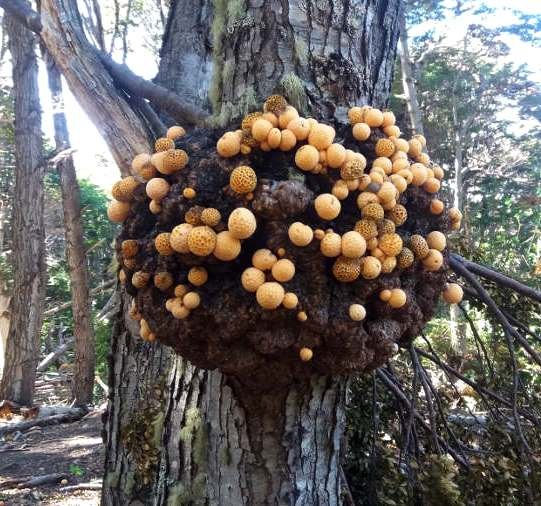 )
)

Attira la nostra curiosità una specie di alveare che molti alberi hanno attaccato al tronco, composto da frutti di colore arancio pallido, simili alle nespole. Capita pure che a volte ci cadano sulla testa, forse opera di qualche scoiattolo dispettoso! Successivamente abbiamo scoperto che si trattava di un fungo, chiamato “pan de indio”, che gli indigeni mangiavano comunemente, proprio come fosse pane!

Our curiosity is attracted by a sort of hive that many trees have attached to the trunk, composed of pale orange fruits, similar to apricots. It also happens that sometimes some fall on our heads, maybe a mischievous squirrel is teasing us! Afterward we discovered that it was a mushroom, called "Pan de Indio", which the natives ate commonly, just as it was bread!
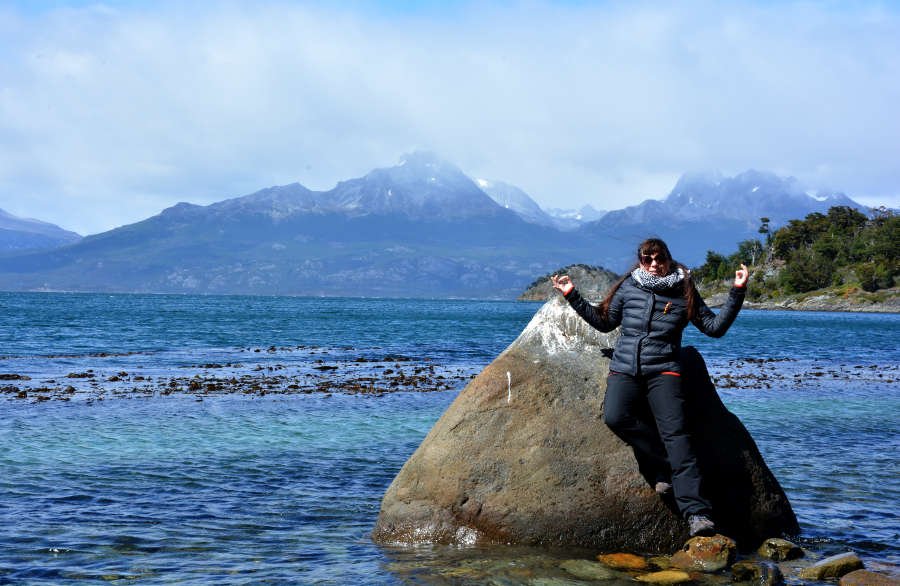

Giunti al termine del percorso, un cartello indica il km 0 della ruta nr 3, la strada che collega idealmente l’Alaska con la Terra del Fuoco. Da qui si gode della vasta visuale di Bahia Lapataia mentre alle nostre spalle il vento sibila verso le Ande innevate. Un’altra “fine” raggiunta, un’altra emozione che inizia. Con l'animo colmo di soddisfazione e negli occhi il ricordo dei panorami senza fine, mano nella mano, ci dirigiamo verso il pulmino che poco dopo ci riporta a Ushuaia.

At the end of the route, a sign indicates that this is the km zero of the Ruta nr 3, the road that ideally connects Alaska with Terra del Fuego. From here you can enjoy the vast view of Bahia Lapataia, while behind us the hissing wind in direction of the snowy Andes. Another "end" reached, another emotion that begins. With the soul full of satisfaction and in the eyes the memory of the endless landscapes, hand in hand, we head towards the van that shortly after takes us back to Ushuaia.
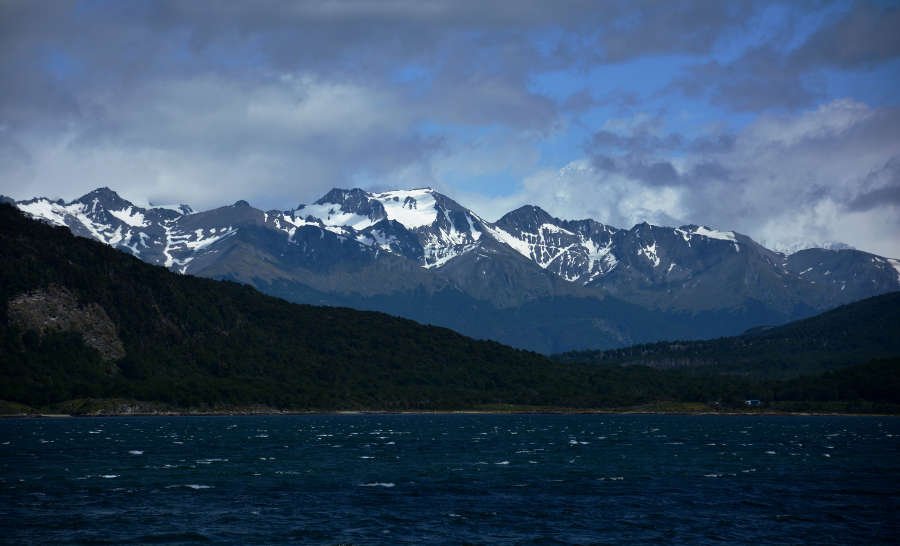
immagini dell'autore - Images of the author
<< travel post precedente - previous travel story
travel post successivo - next travel story >>











 )
)
















 )
)




